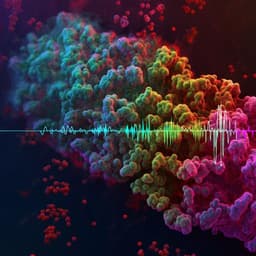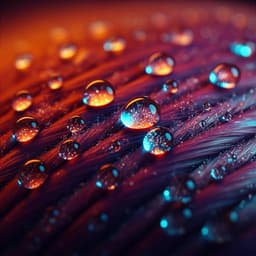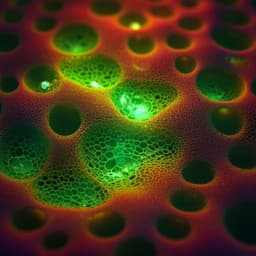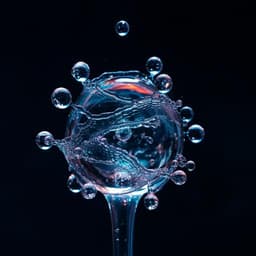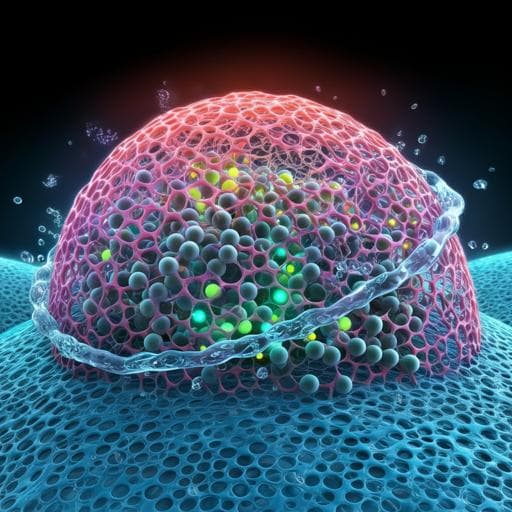
Environmental Studies and Forestry
Interfacial assembly of self-healing and mechanically stable hydrogels for degradation of organic dyes in water
G. Yan, Y. Feng, et al.
This research introduces a groundbreaking self-healing hydrogel developed for efficiently degrading dyes in wastewater. Harnessing cellulose-derived co-polydopamine@Pd nanoparticles, this hydrogel showcases remarkable mechanical stability and catalytic activity, maintaining efficiency across multiple cycles. The innovative use of a graphene oxide membrane enhances its functionality, ensuring robust performance. This study was conducted by authors from Xiamen University.
~3 min • Beginner • English
Related Publications
Explore these studies to deepen your understanding of the subject.



